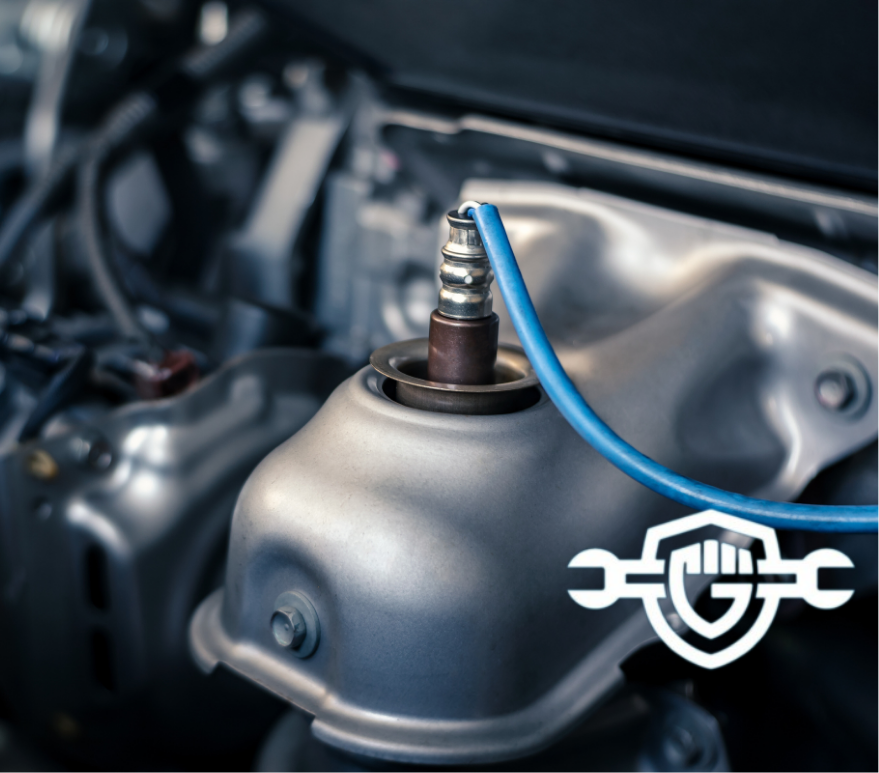What is an O2 Sensor for Cars?
Published on
July 28, 2025

What is an O2 Sensor for Cars?
The oxygen sensor, or O2 sensor, might not look like much, but it plays a big role in your engine’s health and how clean your car runs. If it’s not working right, you’ll notice it in your wallet, your ride’s performance, and possibly your emissions test results. Let’s take a closer look at what this little part does, how to spot when it’s failing, and why keeping it in good shape matters.
Understanding the Role of Oxygen Sensors in Your Engine
Your engine needs the right mix of air and fuel to run efficiently. The O2 sensor monitors the amount of oxygen in your exhaust gases and sends that info to the engine control unit (ECU). The ECU uses it to adjust the air-fuel mixture in real time. This keeps things balanced for smooth performance, better gas mileage, and lower emissions.
Most cars today have more than one sensor. One sits before the catalytic converter (upstream) and another after (downstream). Together, they help your engine stay dialed in and your emissions system working the way it should.
The Signs and Symptoms of a Failing O2 Sensor
When an O2 sensor starts to fail, your engine can’t adjust the air-fuel mix properly. That throws off performance and can even damage other parts. Here’s what to look out for:
- A sudden drop in fuel economy
- Engine hesitation, misfires, or rough idling
- Sulfur or “rotten egg” smell from the exhaust
- Check engine light, often with a code tied to the O2 sensor
If you’re seeing any of these symptoms, don’t wait. A bad sensor left alone can lead to more costly repairs, especially to your catalytic converter.
What Causes Oxygen Sensors to Go Bad?
Like spark plugs or brake pads, O2 sensors wear out over time. Most last between 60,000 and 100,000 miles. But there are a few things that can shorten their lifespan:
- Leaks from oil or coolant that reach the sensor
- Running too rich, which causes carbon buildup
- Poor fuel quality or the wrong additives
- Physical damage or corrosion from road conditions or weather
Catching and fixing the cause early can help you avoid needing a new sensor too soon.
How an O2 Sensor Impacts Fuel Efficiency and Emissions
When your O2 sensor is working properly, it helps your engine burn fuel more efficiently. That means better gas mileage and fewer trips to the pump. It also keeps emissions low, which is important for passing inspections and reducing your vehicle’s environmental impact.
A failing sensor throws off that balance. Your engine might burn more fuel than it needs, release more pollutants, or even go into a reduced power mode to protect itself.
Oxygen sensors don’t last forever, but they’re not hard to check or replace. If something feels off with your engine, or that check engine light pops on, stop by your local GreatWater 360 Auto Care shop. Our teammates can run a quick diagnostic and help you stay ahead of bigger problems.
Need help today? Schedule your appointment online or give us a call. We’re here when you need us.
.png)
.png)
